by Mike Haskew
On June 28, 1914, Archduke Franz Ferdinand of Austria-Hungary and his wife, Sophie, Duchess of Hohenberg, visited the city of Sarajevo and were assassinated by Gavrilo Princip, a 20-year-old Yugoslav nationalist. The assassinations triggered World War 1, which broke out a month later when Austria-Hungary declared war on Serbia. A series of alliances resulted in a rapid expansion of hostilities as Russia honored its treaty obligation with Serbia and declared war. Germany entered the war on the side of Austria-Hungary, and France and Great Britain soon joined the conflict as allies of Russia and Serbia.
[text_ad]
The Triple Entente vs. the Central Powers
As the principal Allied Powers, also known as the Triple Entente, including Great Britain, France, and Russia, opposed the Central Powers, primarily Germany, Austria-Hungary, and later the Ottoman Empire, the conflict developed in to a series of devastating battles on land, sea, and air and escalated to a global scale. In the East, Germany’s great victory at Tannenberg in 1914 helped to spark revolution in Russia and took that nation out of the war in 1917 with the the separate peace of the Treaty of Brest-Litovsk. On the Western Front, great battles were fought along the Marne River, and at such locations as Ypres, Amiens, the Somme, and in Flanders. The war on the Western Front settled down to a contest of attrition, and the agony of trench warfare proved costly to both sides.
American Intervention Was a Deciding Factor in the Allied Victory
The United States did not enter World War 1 until April 1917, and the arrival of American troops in the West was a deciding factor in the eventual Allied victory. The end of the war came on November 11, 1918, a few months after the failure of a desperate German offensive launched in the spring of that year. Nevertheless, the German Army refused to accept that it had been defeated in the field. War weariness and a distressed economy were major contributing factors in the eventual German surrender. The peace was concluded with the Treaty of Versailles, which sowed the seeds of another world war a generation later. The treaty forced Germany to accept blame for the war and saddled the nation with extremely high reparations to the Allies for the cost of the war.
By the end of hostilities, World War 1, also known as the Great War, resulted in more than 40 million military and civilian casualties and billions of dollars in property damage. Although some observers characterized the conflict as the “War to End all Wars,” an even more devastating war lay ahead.
One other notable aspect of World War 1 is the advancement in military technology that occurred with the use of the airplane, submarine, machine gun, and poison gas.
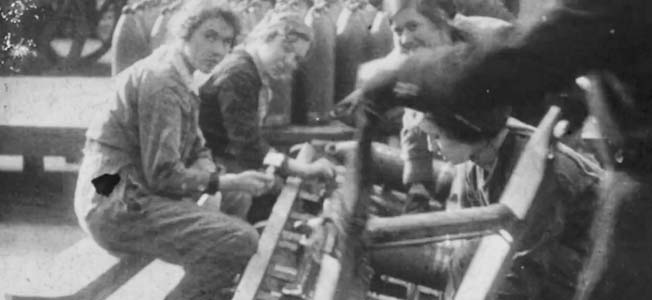
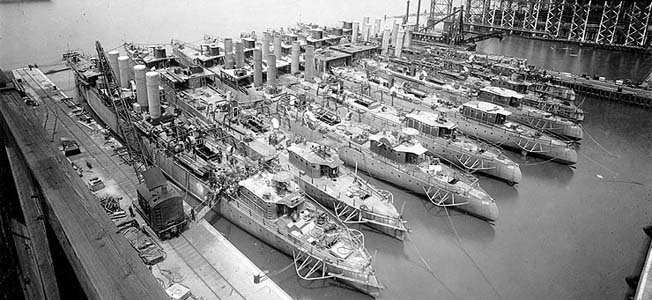
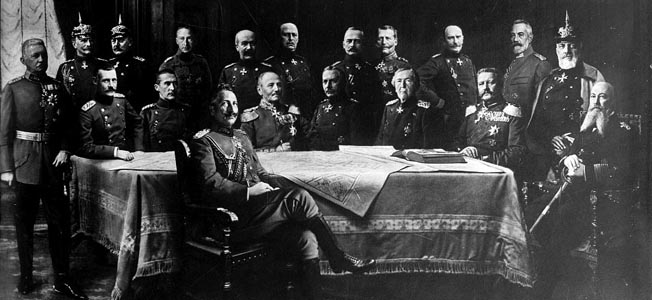

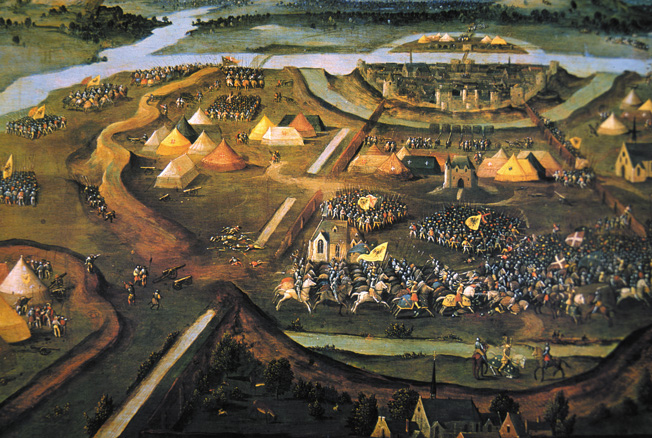
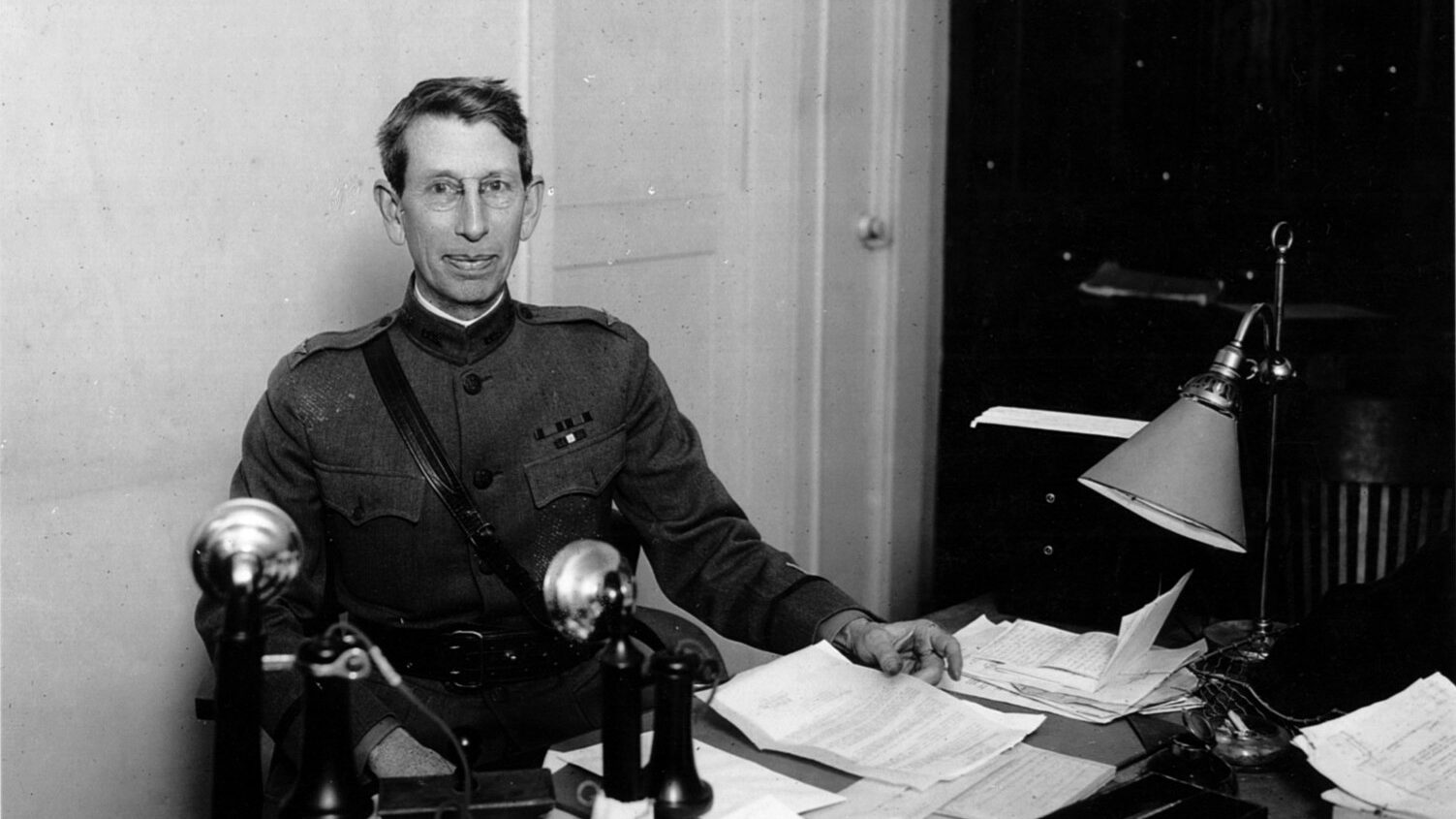
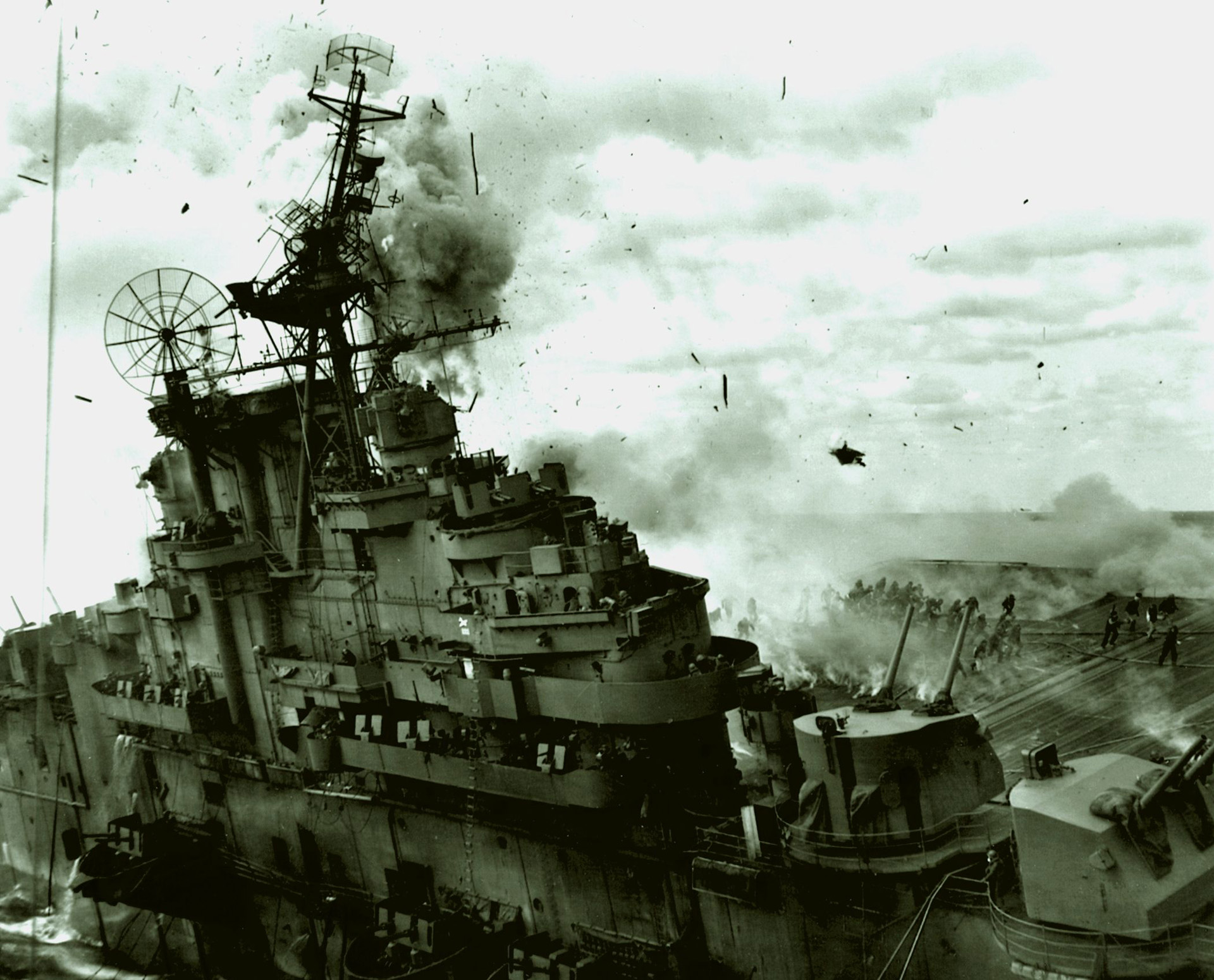
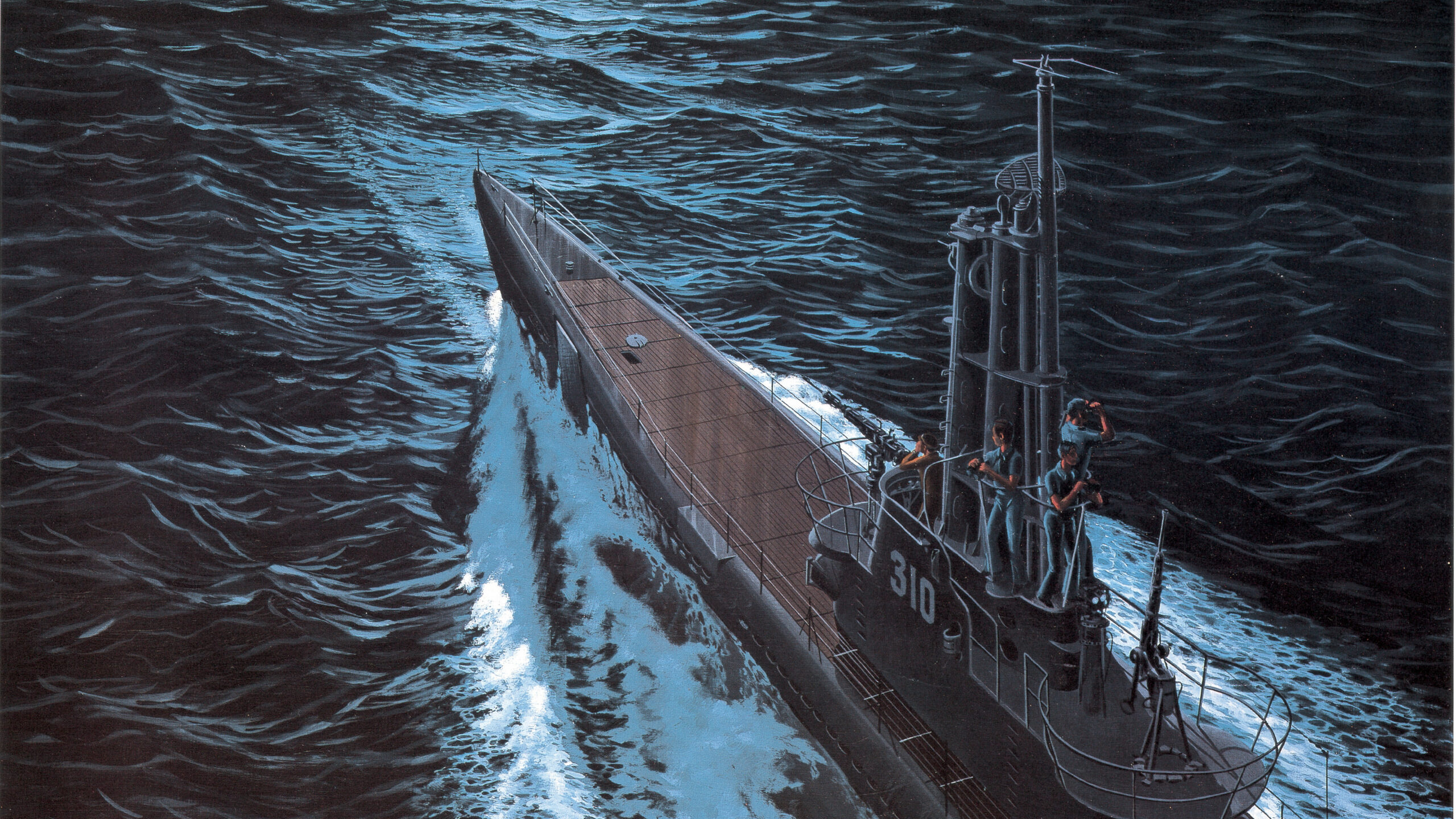
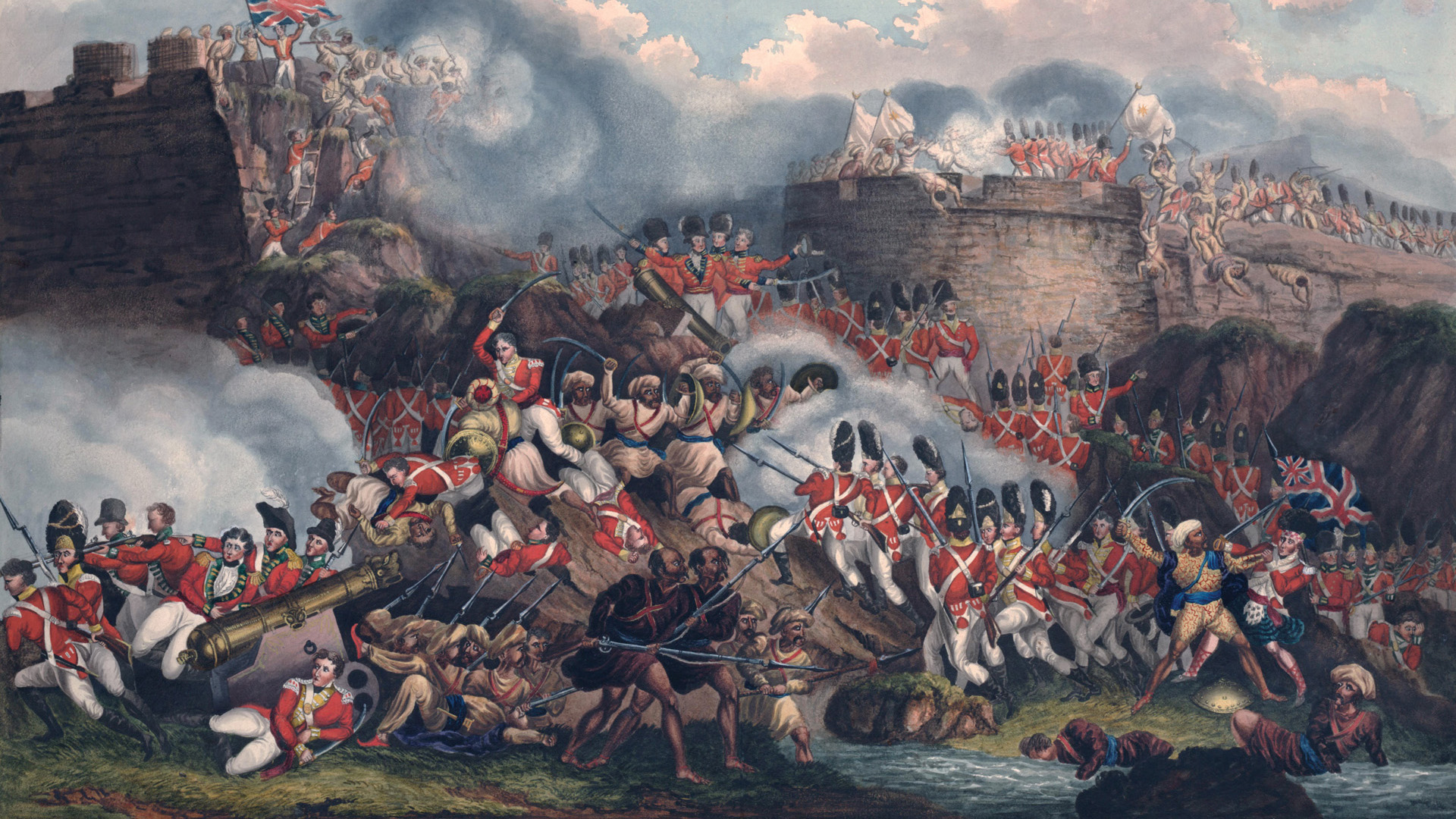
In many respects, the ending of WW I caused more problems in terms of death count than the war itself. BG S. L. A. Marshall has an excellent compact history of the war, its causes and aftermath. The most significant lesson of WW I is that any possible lessons went unlearned.